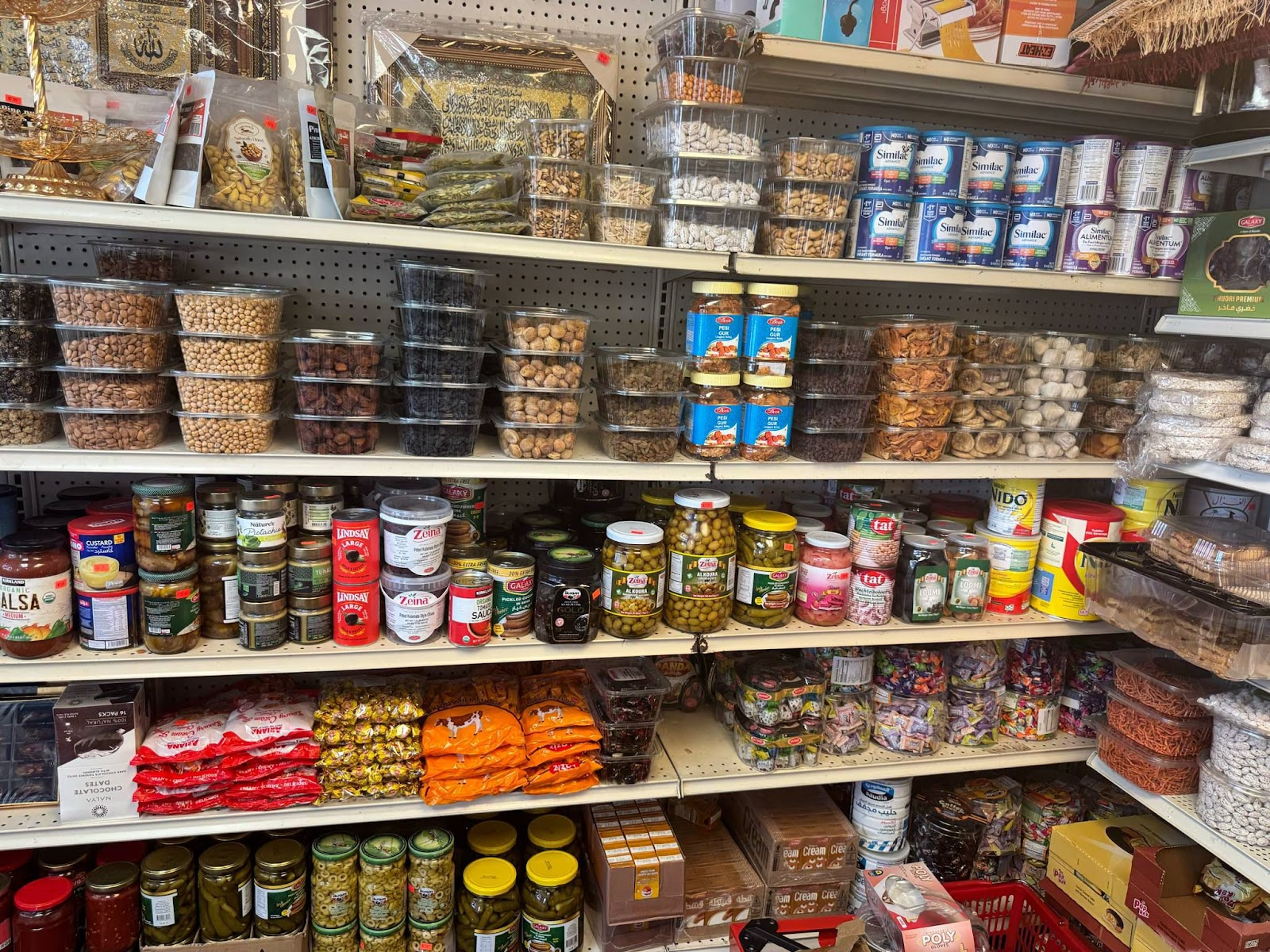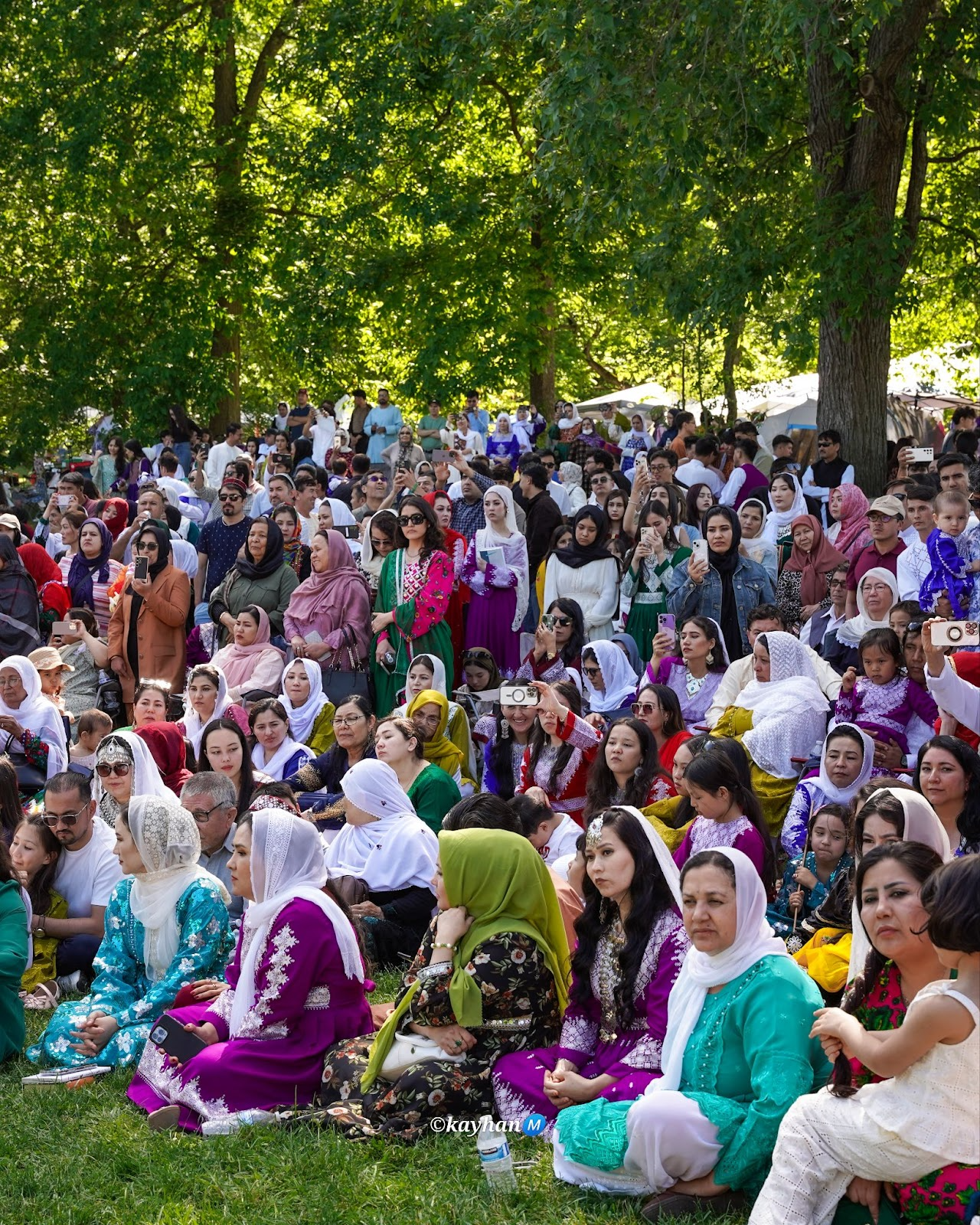Part 5 – Preserving Culture & Community Life
Even in new surroundings, Afghan traditions continue to flourish. Markets, cultural gatherings, and celebrations bring people together, creating a sense of home far from home. In Philadelphia, these traditions strengthen community ties and keep cultural identity alive.

In the heart of Philadelphia, Afghan families gather in public parks, rented halls, and community centers — not only to celebrate holidays like Eid and Nowruz, but to hold on to something more fragile: their cultural identity.
As they rebuild lives in a new country, Afghan Philadelphians — many of them parents, students and community leaders — are working to preserve their language, values and traditions in exile.
For many immigrant families, the first-generation experience includes a painful cultural shift. Elders worry that their children may grow up with little connection to the language, customs and heritage that shaped their own childhoods.
“Children are influenced by diverse cultures and busy lifestyles,” said Hussaini, a longtime community member. “Parents speak Dari or Pashto at home and enroll kids in classes, but in the U.S., the environment is different. Kids often prefer what is practiced by the majority.”
Nilofar, a mother raising her daughter in Philadelphia, echoed the same concern.
“We try to speak Dari at home, read storybooks and cook traditional foods together,” she said. “Still, sometimes my daughter responds in English. It takes constant practice and encouragement.”
Cultural preservation can also come from the businesses Afghans start, such as when Sediq Azimi opened Prime Fresh Halal Market.
“We saw a need in the local area for services and products that reflect our Afghan culture and values,” said Azimi. “Many Afghans in the community were missing the taste of home or a space that felt familiar. We wanted to create something meaningful, not just a business, but a place where people feel connected.”
Tucked in a busy corridor of Northeast Philadelphia, Prime Fresh has become more than a grocery store. It’s a cultural anchor point for a growing Afghan population adjusting to life far from home. Azimi's shop offers a wide range of traditional goods—from organic dried fruits and hand-ground spices to nan, the Afghan flatbread baked daily, and traditional Afghan clothes worn during Nowruz and Eid.

“We try to bring the pure Afghan products,” Azimi said. “We stay true to our roots in every detail—to the hospitality we show our customers.”
Azimi sees the store as a gathering place where language and connection thrive.
“People come here not only to shop but to speak Dari or Pashto, connect with others, and feel at home,” said Azimi.
He’s even extended services beyond commerce—offering free help with government paperwork, interpreting for newcomers, utility bill assistance and free deliveries to elders and those without transportation.
Today, his business stands as a model of cultural resilience and resourcefulness. For fellow Afghans dreaming of starting their own ventures, Azimi has clear advice: “Start small, trust each other, stay focused and don’t give up. Learn the system here—don’t be afraid to ask questions or get help. Respect every customer, work hard and remember why you started. If your purpose is strong, your path will clear itself.”
Culture Through Celebration
At a recent Eid and Nowruz celebration in Northeast Philadelphia, more than 400 people gathered to mark the end of Ramadan and the Persian New Year. It wasn’t just a party. It was a carefully planned, months-long effort by local families.
“These celebrations help reduce the feeling of being lost,” said Ansari, a community member. “We wanted all members of the community to come together — to make it feel like home.”
The celebration included music, games and homemade food. But more importantly, it gave children a taste of what Afghan joy looks like — through songs they may have never heard, dishes they may not know how to cook and dances they may have only seen on YouTube.
“For more young people to participate, it’s necessary to talk to them more and make them feel they have a role in organizing,” Ansari said.
That approach is catching on. At another event — Hazara Cultural Day, held this year in the D.C., Maryland and Virginia (DMV) region — hundreds of Afghan Americans, including many from Philadelphia, participated in a multi-ethnic celebration of poetry, music and heritage. Here, the youth played a central role.
“It was the first time many kids got to see our traditions displayed like this — not in secret, not in fear, but with joy and pride,” said Hussain Mahrammi, the president of Hazara-American Association (HAA).

Young people are not just participants — they’re organizers. From managing logistics to performing poetry, the youth are now leading cultural preservation efforts from within.

Women, often the custodians of language and food traditions, are central. At the Eid/Nowruz gathering, women managed most of the food and storytelling, turning kitchen work into cultural education. Culture is being reframed not as a memory but as a living identity.
“Even far from home, I try to stay grounded in who I am — through stories, tradition and connection,” said Nilofar.
These practices, whether they be daily language use, intergenerational cooking or shared events are not nostalgic rituals. They are practical responses to a real problem.
Challenges remain. Funding for events is tight, volunteers are often overstretched and not all families feel connected to community organizations.
Some children still don't fully understand the meaning of the songs and poems they hear. These realities reflect a gap between memory and lived experience, and closing that gap requires consistent, long-term work.

As Dawood Wassl, a longtime volunteer organizer in the Hazara cultural Day, put it: “Preserving culture in the diaspora is not a one-day event. It’s a strategy. We must remind our children where we came from, while also helping them build confidence here.”
Amid challenges, raising children between two worlds brings both joy and responsibility… [Read Part 6 →]
